Overview
Bronzeville is a relatively large South Side neighborhood. The majority of the geographic area is contained between Pershing Ave and 51st St (from North to South), and S State St to Drexel Blvd (West-East). However, the full neighborhood stretches all the way North to I-55, with the width narrowing the further North one goes. The full neighborhood appears as so:
**Shading is for diagram purposes only
For the purpose of this project, I will focus on the boundaries described above with the inclusion of a patch that extends up to 35th St and is bounded by S MLK Dr on the East as shown in the image below:
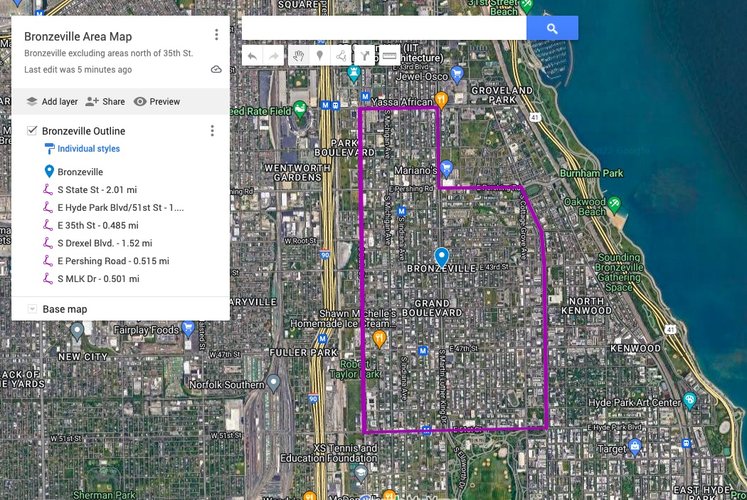
This chosen portion of Bronzeville contains 1.98 square miles of land, or about 1,267 acres. According to Social Explorer, the population of Bronzeville contained within these borders is approximately 28,000.
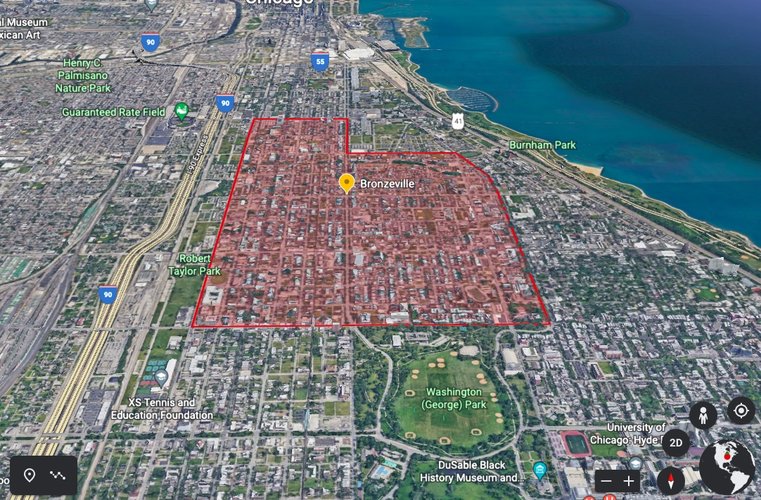
3D Map of Bronzeville
Bronzeville is marked by strong borders in the form of streets, some more aesthetically pleasing than others. E Hyde Park Blvd/51st St borders the neighborhood to the south, with Washington Park creating a strong southern border between S Martin Luther King, Jr. Dr and S Cottage Grove Ave. In this way, the north side of Washington Park acts as a gateway into Bronzeville. To the east, between E Hyde Park Blvd. on the south and E Pershing Rd. on the north, S Drexel Blvd. forms an aesthetically pleasing border. Upon crossing the 51st St border, Drexel becomes a boulevard with a large green space divindig the two directions of traffic. This beautiful green space spans about 1.5 miles, with paved walkways through the greenspace where I saw people walking their dogs, riding bikes, or simply taking an afternoon stroll. Drexel Boulevard turns around before it intersects with Pershing Rd, with a fountain marking the end of the Boulevard.
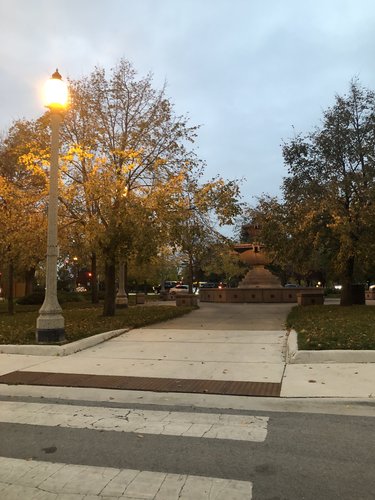
Drexel Boulevard, facing northern end of boulevard. Fountain cuts off connection to Pershing.
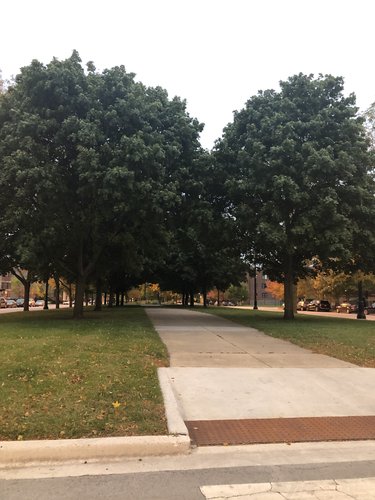
Drexel Boulevard, facing South on turn around
While not having one central commercial corridor, Martin Luther King, Jr. Dr does act as a central passageway through the neighborhood, with important cultural institutions such as the Harold Washington Cultural Center, on the southwest corner of MLK Dr and 47th St. The Harold Washington Cultural Center also acts as the closest thing to neighborhood center. Despite its location in the southern part of Bronzeville, this cultural, performance, and event space hosts several community events, including open mics hosted by the famous Chicago rapper Chance the Rapper’s nonprofit, Social Works.
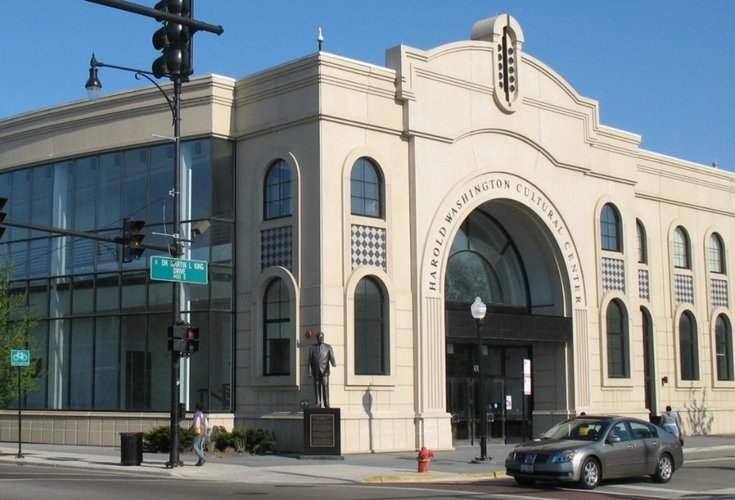
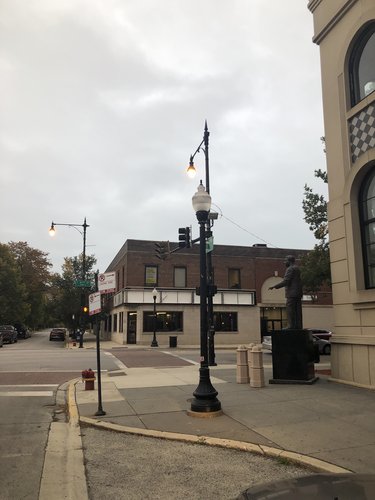
Despite lacking any central commercial corridors, Bronzeville has plenty of smaller commercial corridors. 47th St, west of Martin Luther King Dr, represents one of the most important commercial corridors, with a beauty supply store, nail salons, a merchandise shop, a liquor store, restaurants, and other businesses clustered around the CTA Green Line stop on 47th. Similarly, Pershing Rd also has a small commercial district between the end of Drexel Boulevard and Martin Luther King, Jr. Dr. Finally, Cottage Grove Ave represents some of the most important commercial investment into the neighborhood. On the intersection of 47th St and Cottage Grove are modern looking apartments on top of business centers, with a Walmart sitting just south of this intersection on Cottage Grove Ave. The Bronzeville Winery, which opened its doors in April of 2022, sits a little further north, between 45th and 44th St. Outside of these small commercial corridors, however, Bronzeville is largely residential, perhaps epitomized by the fact that there are over 9 schools in the area (both elementary and high schools). The architecture of the residential areas is largely similar in older brick buildings that can serve either as multi-unit or single family homes. Along Martin Luther King, Jr. Drive, however there are a few high-rise buildings that serve as large apartment buildings.
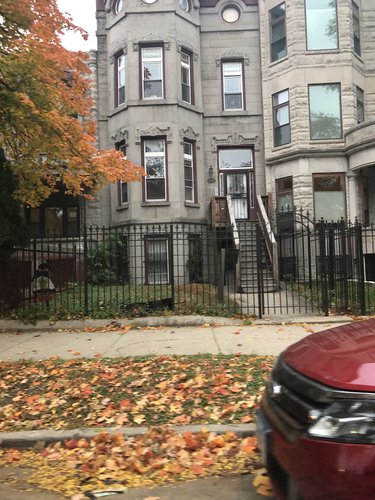
Multi-unit/single family homes on Drexel Blvd

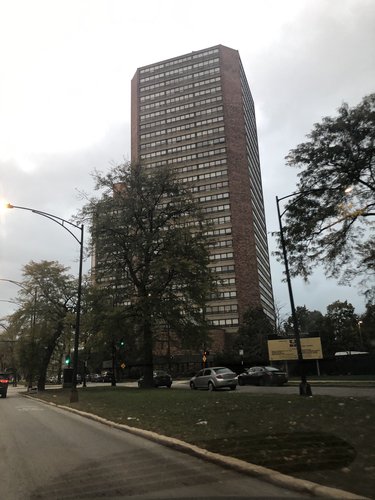
High Rises along Martin Luther King, Jr. Drive.

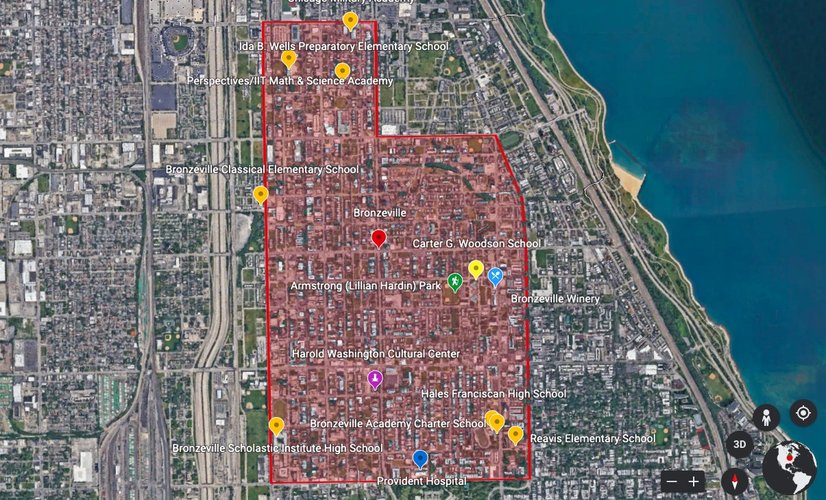
Bronzeville is a neighborhood with a rich history that can be traced back all the way to the Great Migration. A few decades after slavery was abolished, many Black people moved from the South and settled in Northern cities in hopes of finding greater economic opportunities and escaping the Jim Crow South. In Chicago, the settlement of Black people that moved North was known as the “Black Belt”, as it was a highly segregated portion of the city that was largely African American. As people continued to migrate into the area, Black-owned businesses began to establish themselves, leading to the Golden Age of Bronzeville between the 1920s and 1940s. The neighborhood was home to two important Black newspapers, The Chicago Bee and The Chicago Defender, as well as other cultural institutions, such as the Regal Theater. The neighborhood got its name from a theater editor at The Chicago Bee, James Gentry, who wrote that Black people’s skin color more closely resembled Bronze than Black, hence the name “Bronzeville”. Many other famous and culturally important Black Americans spent important years of their lives in the Bronzeville neighborhood, including Civil Rights activist Ida B. Wells, poet Gwendolyn Brooks, and author Richard Wright. The importance of Bronzeville to Black American history is vital, it was Chicago’s very own version of Harlem during the same era, and it produced some of the most important advances in arts, literature, and culture in that era. This extended to the business sector of the neighborhood as well. There were several small commercial districts in Bronzeville, including “The Stroll,” a two-block district filled with, food, jazz clubs, and lights. Day or night, people would crowd the “The Stroll” in part because a large portion of the Black population in Chicago resided within this “Black Metropolis.” However, after World War II and the economic divestment from the cities into the suburbs, many middle-class families left Bronzeville. Today, people are attempting to revitalize the area, with it being designated as a priority community as part of Mayor Lightfoot’s INVEST South/West commercial initiative.
“Bronzeville.” n.d. City of Chicago. Accessed October 17, 2022. https://www.chicago.gov/city/en/sites/invest_sw/home/bronzeville.html.
“Bronzeville: A History of Chicago’s Bronzeville Neighborhood - 2022.” 2022. MasterClass. https://www.masterclass.com/articles/bronzeville-history.
“The History of Bronzeville | Chicago Studies | The University of Chicago.” n.d. Chicago Studies. Accessed October 17, 2022. https://chicagostudies.uchicago.edu/bronzeville/bronzeville-history-bronzeville.
“The Incredible History and Cultural Legacy of the Bronzeville Neighborhood.” 2016. Chicago Detours. https://chicagodetours.com/bronzeville-neighborhood/.


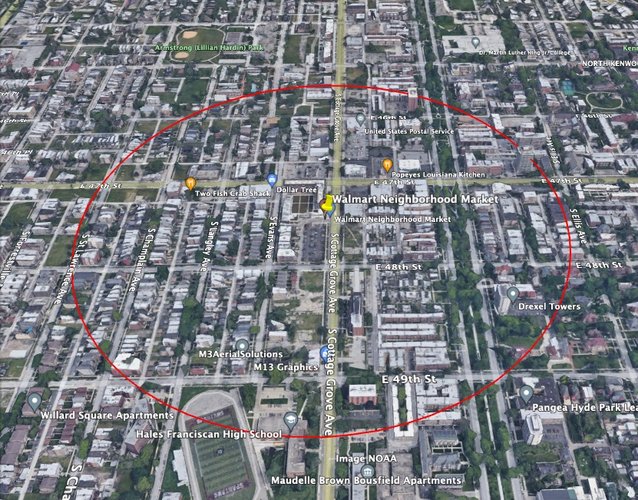
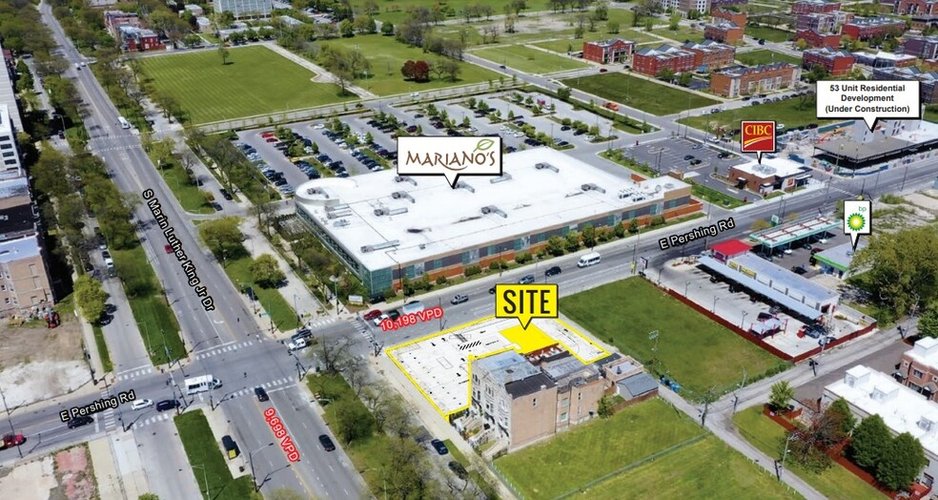
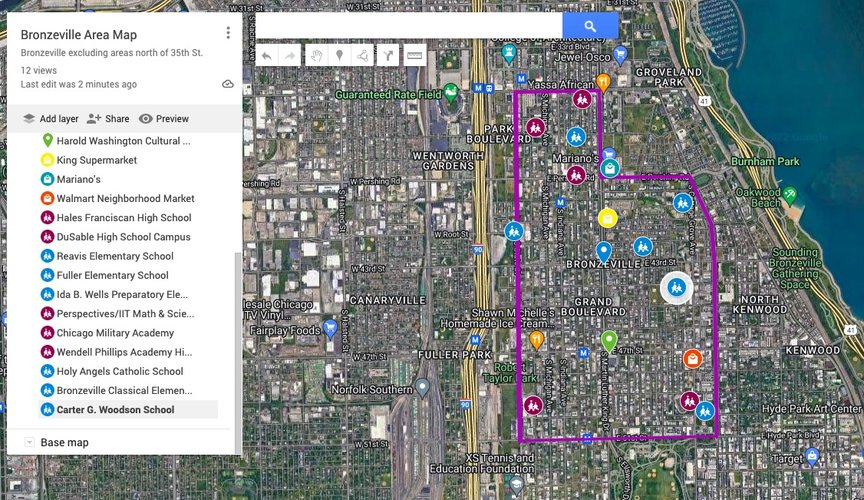
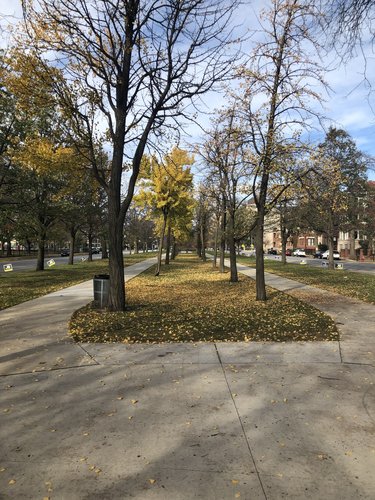
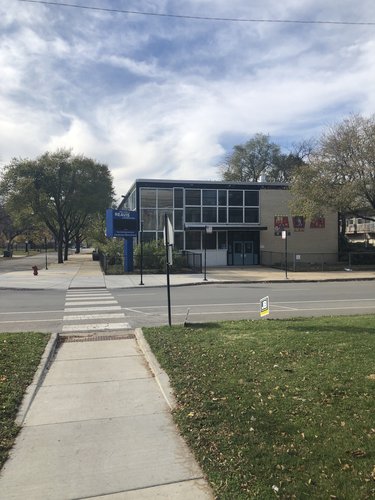
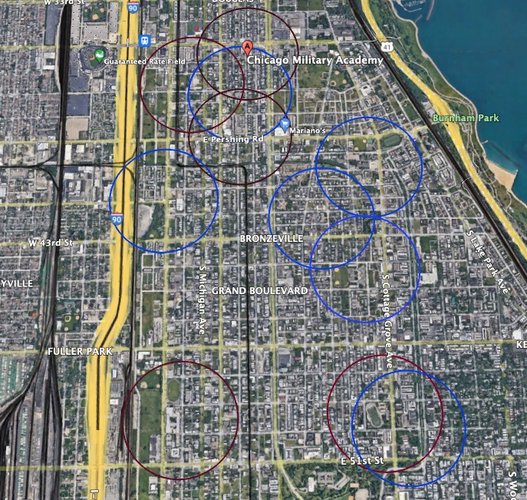
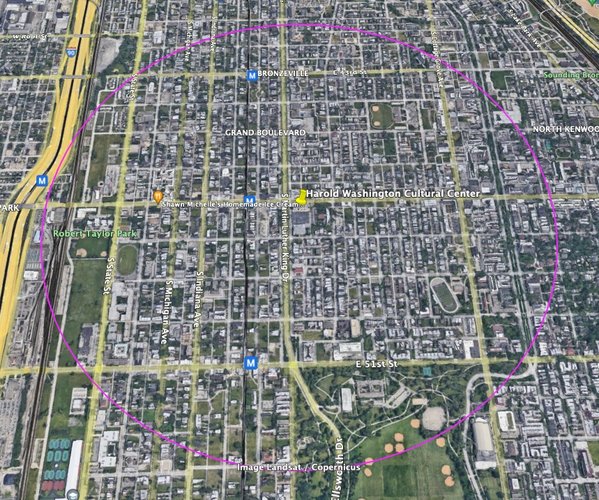
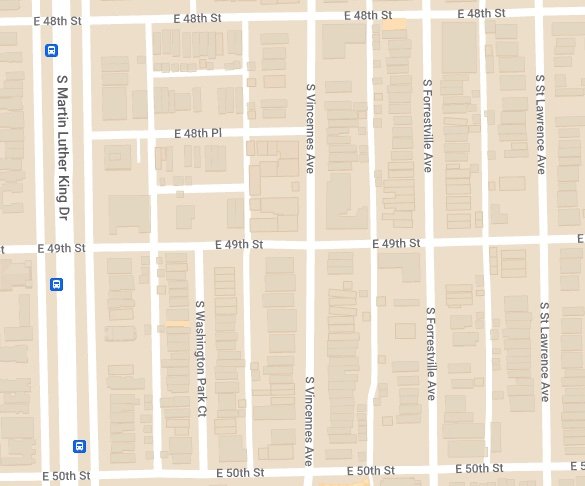
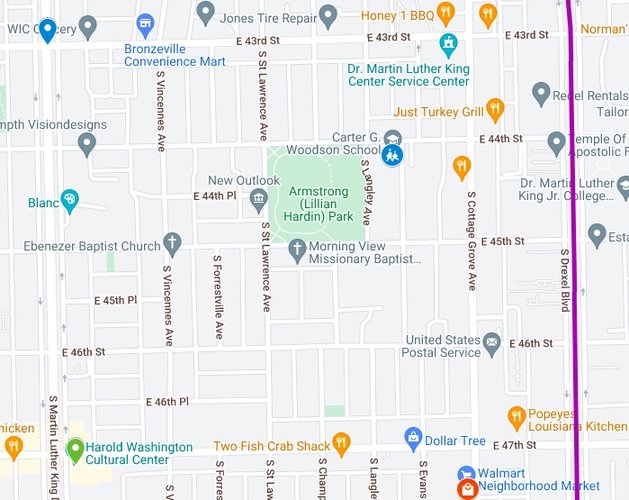
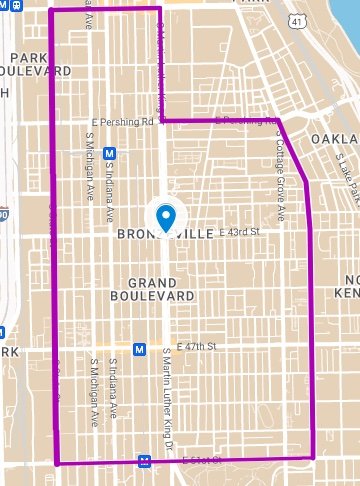
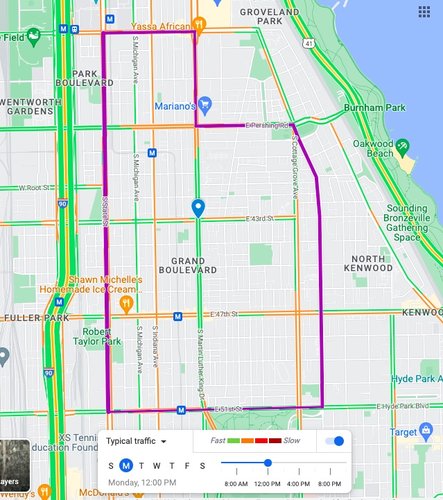

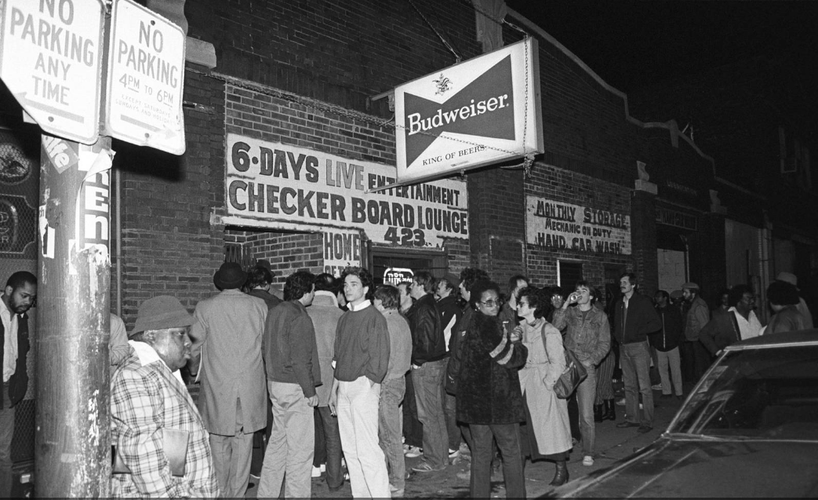
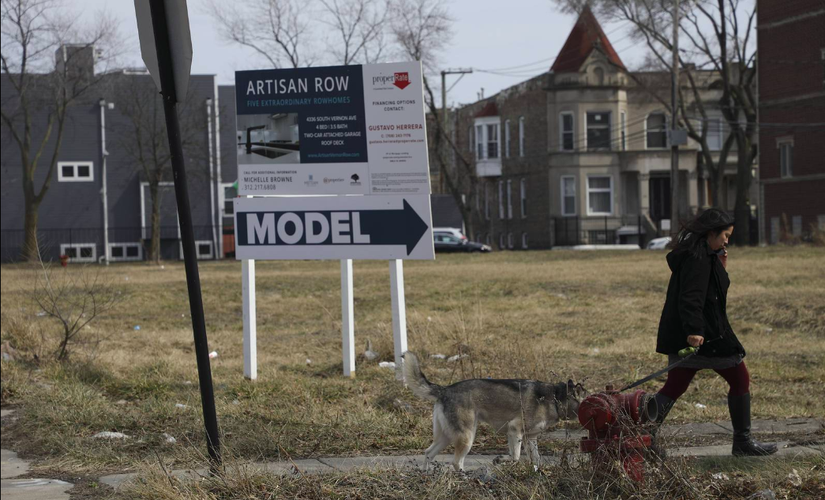
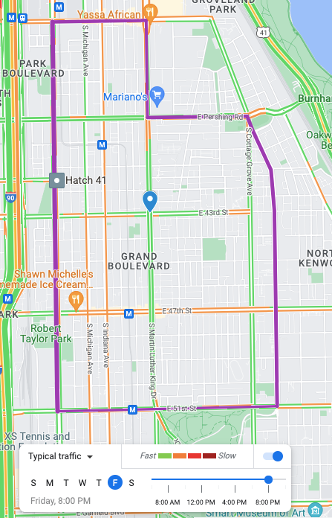
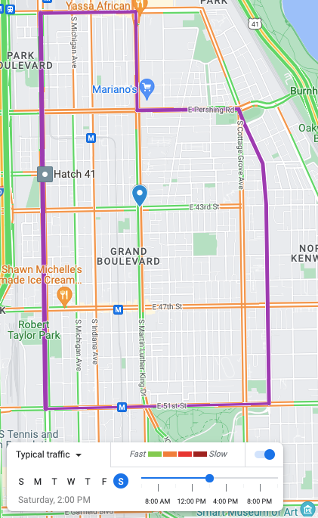
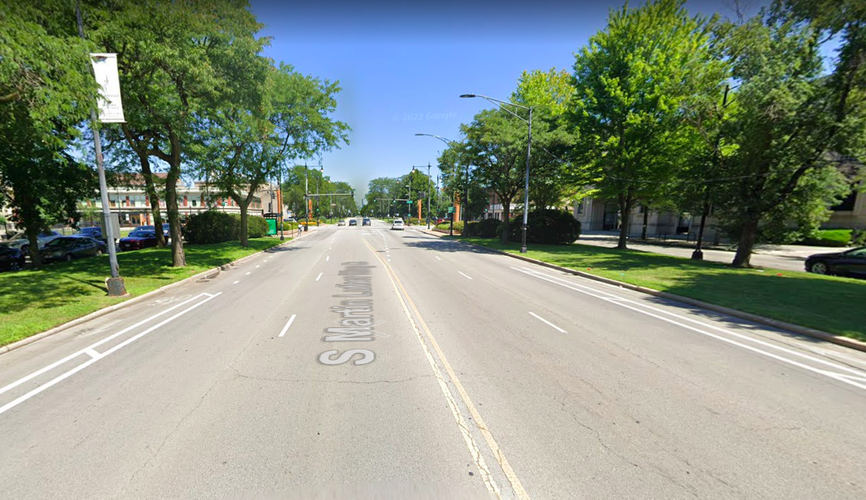
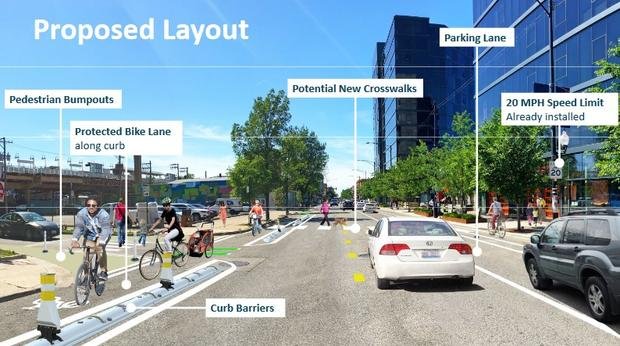



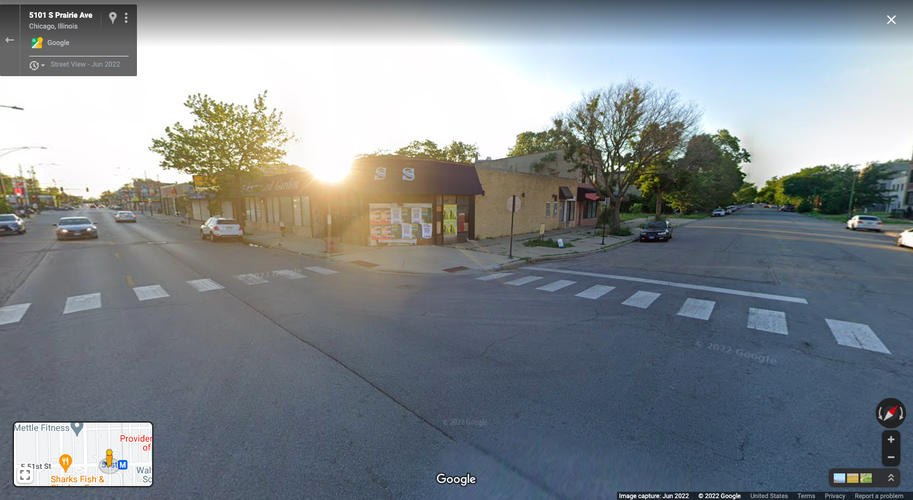
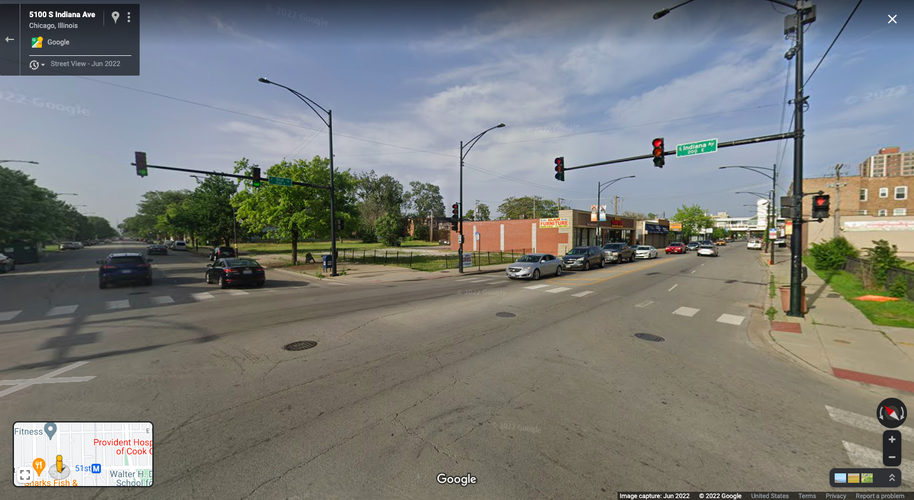

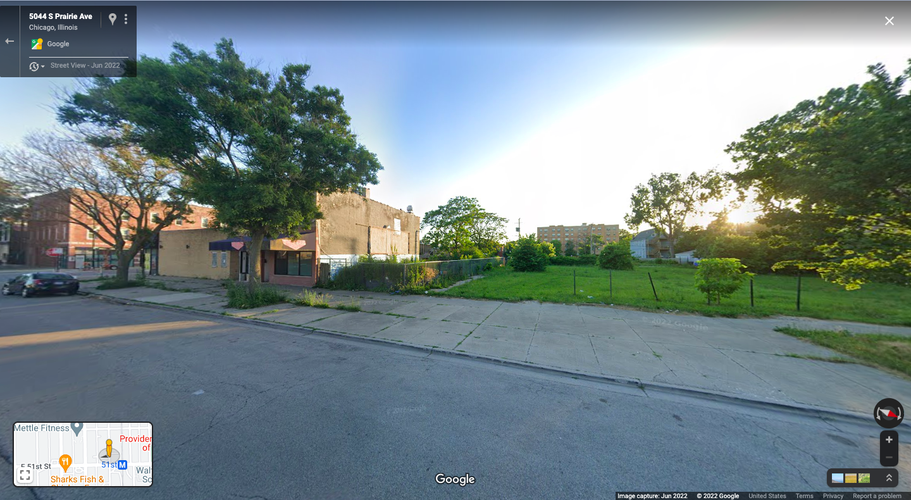
Social Mix
Using data from Social Explorer and the Simpson Diversity Index, Bronzeville does not appear to be a very diverse neighborhood, whether tested on its own or compared to the greater City of Chicago. The indices I chose to measure diversity were race, educational attainment, and housing tenure. Using the City of Chicago as a baseline, we can see that the City itself does very well across these indices. I used 5 categories for race (Non-Hispanic/Latino Black, Non-Hispanic/Latino White, Asian, Hispanic/Latino, and Other) and educational attainment (less than high school, high school diploma, some college, Bachelor's degree, Master's/Professional/Doctorate Degree. Therefore, the ideal number to have perfect diversity is 5 for each of these variables. As we can see on the table, the City of Chicago has very high educational attainment diversity, with an index of 4.83. It is not as good when it comes to racial diversity but still does fairly well with an index of 3.56. The last variable, housing tenure, only has two inputs (renter-occupied and owner-occupied), with a value of 2 indicating perfect diversity along this variable. In this category, the City of Chicago has a near-perfect diversity index of 1.98, meaning nearly half of occupied housing units are renter-occupied and half are owner-occupied.
When compared to the City of Chicago, Bronzeville, Grand Boulevard Community Area, and the Grand Boulevard Chicago Region have much less diversity across the board. Because the Grand Boulevard Community Area and the Grand Boulevard Chicago Regions have almost identical boundaries, their scores are quite similar. Bronzeville is slightly more diverse than Grand Boulevard when it comes to housing tenure, as its score of 1.63 is much higher than Grand Boulevard's score of 1.24 for housing tenure. While Grand Boulevard is almost all renter-occupied, Bronzeville has a healthier, albeit less than ideal mix of housing tenure (it is still over 70% renter-occupied). Both Bronzeville and Grand Boulevard have a reasonably high index of educational attainment, meaning that there is some diversity with respect to this variable in both Bronzeville and the greater Grand Boulevard area. Finally, the Grand Boulevard area is actually more racially diverse than Bronzeville. As we can see in the tables above, Grand Boulevard's has an index of 1.6 for the variable of race, while Bronzeville has an index of 1.28. This is reflected in the overall Demographic table of Bronzeville, where 88.2% of the population is Non-Hispanic/Latino Black. Thus, despite having decent educational attainment diversity, Bronzeville's racial and housing tenure diversity demonstrate that the neighborhood falls short of being a truly "diverse" neighborhood.